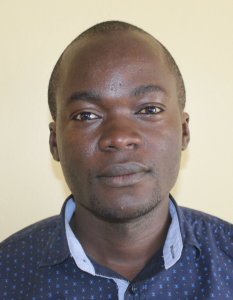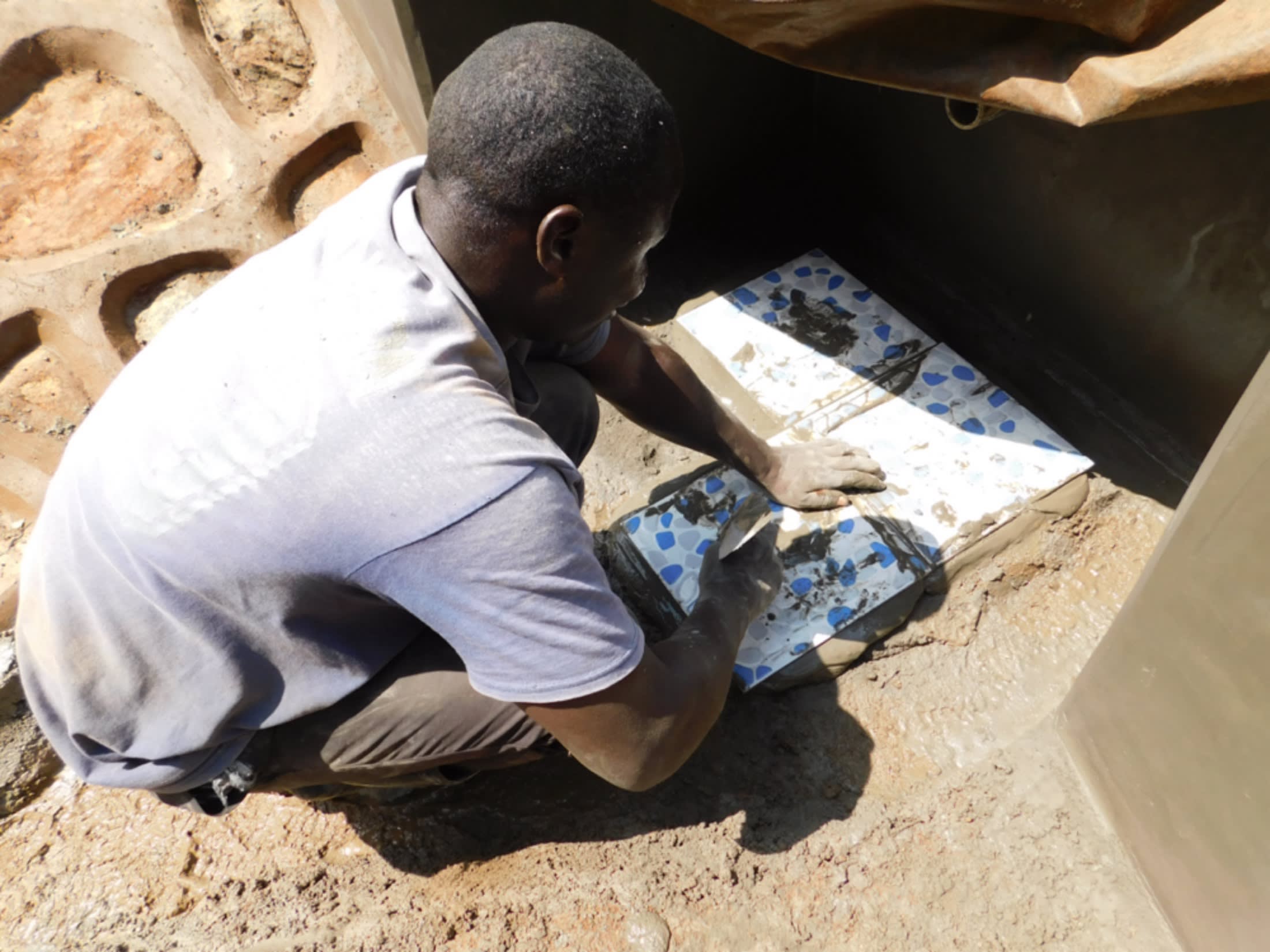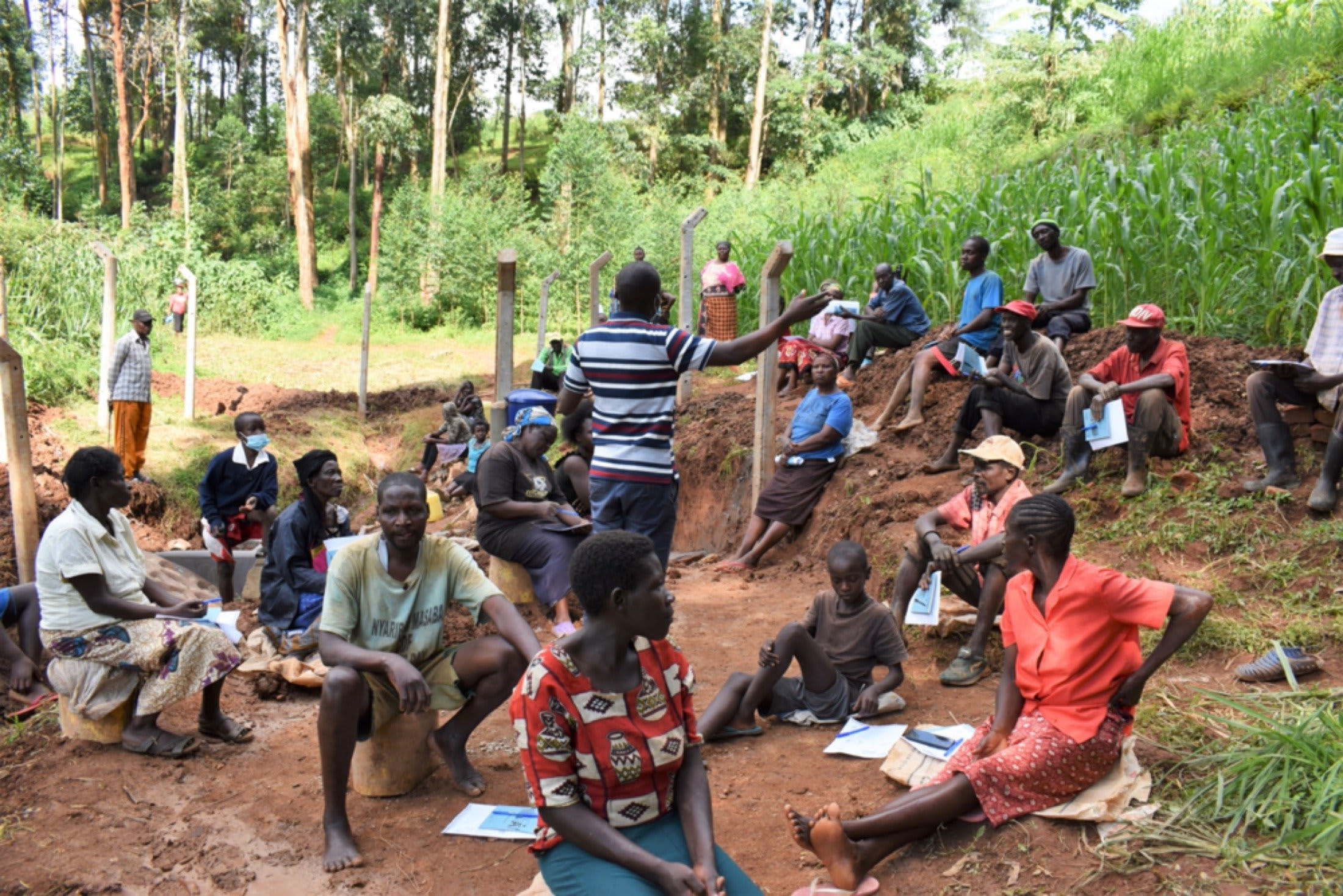"As a parent from this community, I have experienced many challenges concerning access to clean and safe water. I spend a lot of time looking for water due to overcrowding, and diseases affect our families, especially when they drink this water. Hence, financially, it's straining to seek medications because most of us earn little," said John Shiraho, a farmer who lives in Bumira village.
"Personally, many things have happened in my life due to lack of clean and safe water," sais teenager Ashley. "This has affected me academically as I spend much time looking for water which is unsafe for human consumption. Secondly, the hygiene level is not up to standard due to unclean water."
John and Ashley are just 2 of approximately 150 people in Bumira who rely on Savai Spring for water. The springs was at one points protected by the community, but without the proper materials or technical expertise, the benefits of their structure were minimal.
Today, the catchment area behind the collection point is not protected, leaving the spring vulnerable to contamination. The drawing point is very low to the ground and constantly flooded with water, making community members perch uncomfortably over the spring's walls while they reach down to the water below their feet.
The difficulty accessing the drawing point slows community members down as they fetch water, causing long lines each morning and evening. Depending on the season, the spring water runs brown and cloudy, a direct result of dirt and other waste contaminating the water.
As John mentioned, having to rely on this spring's water even while it is contaminated leads to waterborne diseases like diarrhea and typhoid that are expensive to treat. When sick, kids have to miss school, and adults miss out on work and other productive activities. And when families do not have enough water to maintain hygiene standards at home, including handwashing, people become trapped in a cycle of fecal-oral disease transmission.
What We Can Do:
Spring Protection
Protecting the spring will help provide access to cleaner and safer water and reduce the time people have to spend to fetch it. Construction will keep surface runoff and other contaminants out of the water. With the community’s high involvement in the process, there should be a good sense of responsibility and ownership for the new clean water source.
Fetching water is a task predominantly carried out by women and young girls. Therefore, protecting the spring and offering training and support will help empower the community's female members by freeing up more of their time and energy to engage and invest in income-generating activities and education.
Training on Health, Hygiene, COVID-19, and More
To hold training during the pandemic, we work closely with both community leaders and the local government to approve small groups to attend training. We ask community leaders to invite a select yet representative group of people to attend training, which will then act as ambassadors to the rest of the community to share what they learn. We also communicate our expectations of physical distancing and wearing masks for all who choose to attend.
The training will focus on improved hygiene, health, and sanitation habits in this community. We will also have a dedicated session on COVID-19 symptoms, transmission routes, and prevention best practices.
With the community’s input, we will identify key leverage points to alter their practices at the personal, household, and community levels to affect change. This training will help ensure participants have the knowledge they need about healthy practices and their importance to make the most of their water points as soon as the water is flowing.
Our team of facilitators will use a variety of methods to train community members. Some of these methods include participatory hygiene and sanitation transformation, asset-based community development, group discussions, handouts, and demonstrations at the spring.
One of the most important issues we plan to cover is handling, storing, and treating water. Having a clean water source will be extremely helpful, but it is useless if water gets contaminated by the time it is consumed. The community and we strongly believe that all of these components will work together to improve living standards here, which will help to unlock the potential for these community members to live better, healthier lives.
We will then conduct a small series of follow-up training before transitioning to our regularly scheduled support visits throughout the year.
Training will result in forming a water user committee, elected by their peers, to oversee the spring's operations and maintenance. The committee will enforce proper behavior around the spring and delegate tasks that will help preserve the site, such as building a fence and digging proper drainage channels. The fence will keep out destructive animals and unwanted waste, and the drainage will keep the area’s mosquito population at a minimum.

 Protected Spring
Protected Spring
 Rehabilitation Project
Rehabilitation Project







































